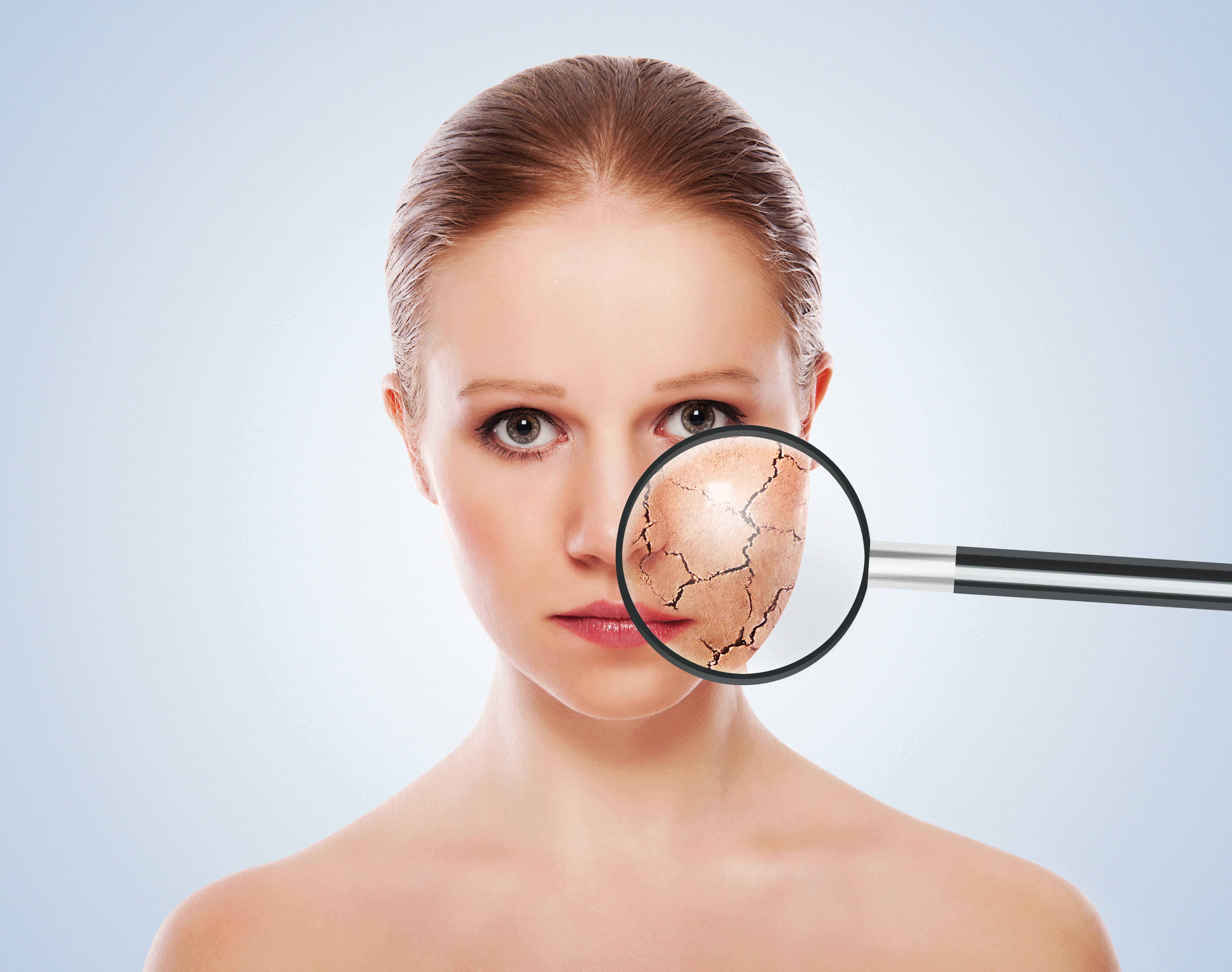Throughout history, many medical experts have said that your skin can serve as a disease indicator. From ancient Chinese methods of face mapping, to current statistics that prove many of these claims through scientific research, there really is no question that your skin will often show signs when something is going wrong inside your body. The ancient Chinese method of face mapping is based on the belief that each of your internal organs is reflected somewhere on your skin.
According to Dr. Owen, an accredited member of the American Academy of Dermatology, “When examining a patient’s skin for signs of skin cancer or any type of skin condition, dermatologists are always mindful of unusual markings on the skin that could indicate another medical problem. Dermatologists have expertise to know when signs on the skin are more than a skin problem, which is why it is important to see a board-certified dermatologist if you notice any skin changes. Doing so can ensure proper diagnosis and in some cases stop the progression of a more serious medical condition.” (source for quote: https://www.aad.org/media/news-releases/skin-can-show-first-signs-of-some-internal-diseases)
Let’s look at a few common problems your skin may be trying to tell you about.
A change in texture or color of your skin can signify there is something happening internally that needs to be addressed. Any unusual softening or hardening of the skin can represent a serious underlying medical problem. Certain skin abnormalities can be signs of early diabetes or even a tumor. A change in color, such as yellowing, can be a sign of liver disease. If you’ve noticed a change in color or texture anywhere on your body, don’t wait — seek medical attention right away, just to be on the safe side.
MOLES
The majority of us have moles, and typically they are nothing to worry about. A mole is benign growth that gives skin color. Normal moles will appear flat or raised, and some will start flat and gradually become raised over time. However, a small percentage of moles can become cancerous, and it’s important to pay attention to any drastic changes. If a mole exhibits significant change in color, size or texture, becomes painful or leaks fluid, it should be checked by a medical professional immediately.
If you have numerous moles, or a higher-than-average risk of skin cancer due to personal or family history, you may be referred to mole mapping. Mole mapping is a non-invasive and painless method that’s a proven tool to help early detection of melanoma, a dangerous skin cancer. Essentially, your dermatologist will catalogue or map your moles, and be able to monitor them for changes over time.
ADULT ACNE
If you’re well into adulthood and still struggling with acne, this can also be a sign there is something happening internally. For adults, there are countless reasons for breakouts — hormones, stress, medication, diet, cosmetics, and allergies, just to name a few.
If you feel like you’ve tried everything out there and have already ruled out things like diet and medication, your dermatologist might be able to help you uncover an adult acne treatment that will actually provide a long-term solution for you.
Whatever strange and new things your skin might be doing, pay attention. Your skin is your largest organ, and will often serve, as an indicator of your overall health — so don’t ignore it!


